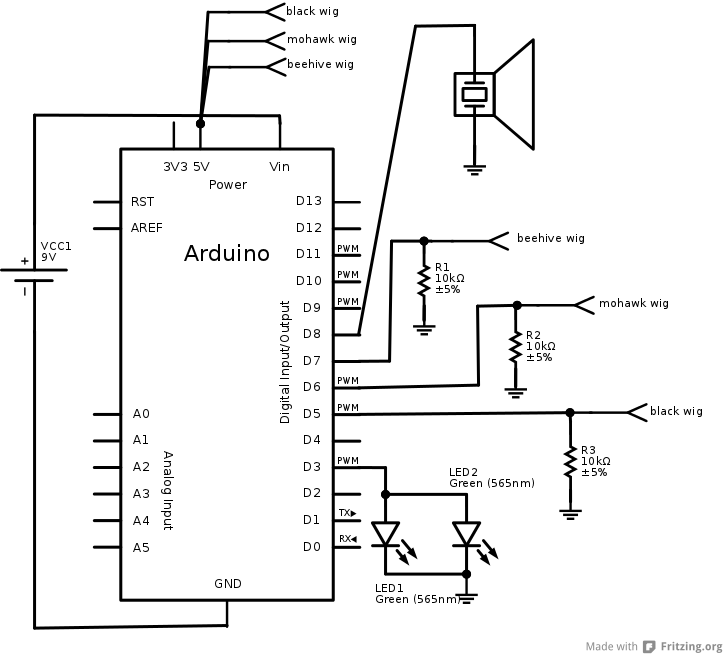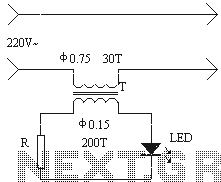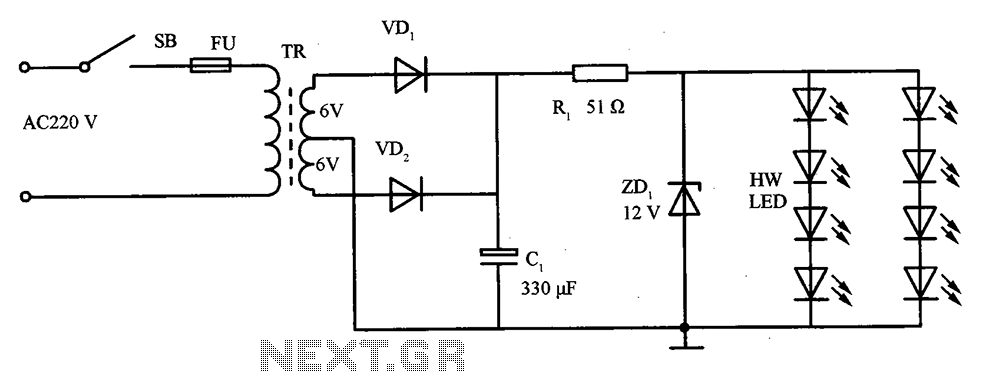
Refrigerator Pig

Upon opening your fridge door the photocell is exposed to light and the piggy oinks. Reverse engineered circuit diagram is of an early commercial design which uses an OP-AMP to make simulated pig sounds. Modern Fridge Pigs sound much better because they store an analog recording of a real pig in a cmos chip.
The described circuit utilizes a photocell, typically a photoresistor, which detects light when the refrigerator door is opened. This change in light level triggers the circuit, activating an operational amplifier (OP-AMP) that generates a simulated sound resembling a pig oinking. The OP-AMP is configured in a manner that allows it to produce audio signals based on the input from the photocell, which acts as a light sensor.
In the original design, the sound produced is synthetic, created by the OP-AMP circuitry, which may include components such as resistors, capacitors, and possibly a piezo speaker for sound output. The circuit's simplicity reflects early electronic design methods, emphasizing basic analog components to achieve the desired effect.
In contrast, modern implementations of this concept have evolved significantly. Current designs often incorporate a CMOS (Complementary Metal-Oxide-Semiconductor) chip that can store high-quality audio recordings. This advancement allows for the playback of actual pig sounds, enhancing the auditory experience compared to the earlier simulated versions. The transition from analog sound generation to digital audio playback represents a significant improvement in sound fidelity and user engagement.
The schematic for the original design would include the photocell connected to the input of the OP-AMP, with additional circuitry for sound modulation and output. The integration of a power supply circuit, likely using a battery or low-voltage source, would be necessary to power the OP-AMP and associated components. The output stage would typically include a driver circuit to amplify the sound signal to a level suitable for driving a small speaker or buzzer.
Overall, the evolution from a simple OP-AMP-based sound generator to a sophisticated digital playback system illustrates advancements in electronic design and audio technology, providing a more engaging experience for users.Upon opening your fridge door the photocell is exposed to light and the piggy oinks. Reverse engineered circuit diagram is of an early commercial design which uses an OP-AMP to make simulated pig sounds. Modern Fridge Pigs sound much better because they store an analog recording of a real pig in a cmos chip.
🔗 External reference
The described circuit utilizes a photocell, typically a photoresistor, which detects light when the refrigerator door is opened. This change in light level triggers the circuit, activating an operational amplifier (OP-AMP) that generates a simulated sound resembling a pig oinking. The OP-AMP is configured in a manner that allows it to produce audio signals based on the input from the photocell, which acts as a light sensor.
In the original design, the sound produced is synthetic, created by the OP-AMP circuitry, which may include components such as resistors, capacitors, and possibly a piezo speaker for sound output. The circuit's simplicity reflects early electronic design methods, emphasizing basic analog components to achieve the desired effect.
In contrast, modern implementations of this concept have evolved significantly. Current designs often incorporate a CMOS (Complementary Metal-Oxide-Semiconductor) chip that can store high-quality audio recordings. This advancement allows for the playback of actual pig sounds, enhancing the auditory experience compared to the earlier simulated versions. The transition from analog sound generation to digital audio playback represents a significant improvement in sound fidelity and user engagement.
The schematic for the original design would include the photocell connected to the input of the OP-AMP, with additional circuitry for sound modulation and output. The integration of a power supply circuit, likely using a battery or low-voltage source, would be necessary to power the OP-AMP and associated components. The output stage would typically include a driver circuit to amplify the sound signal to a level suitable for driving a small speaker or buzzer.
Overall, the evolution from a simple OP-AMP-based sound generator to a sophisticated digital playback system illustrates advancements in electronic design and audio technology, providing a more engaging experience for users.Upon opening your fridge door the photocell is exposed to light and the piggy oinks. Reverse engineered circuit diagram is of an early commercial design which uses an OP-AMP to make simulated pig sounds. Modern Fridge Pigs sound much better because they store an analog recording of a real pig in a cmos chip.
🔗 External reference





